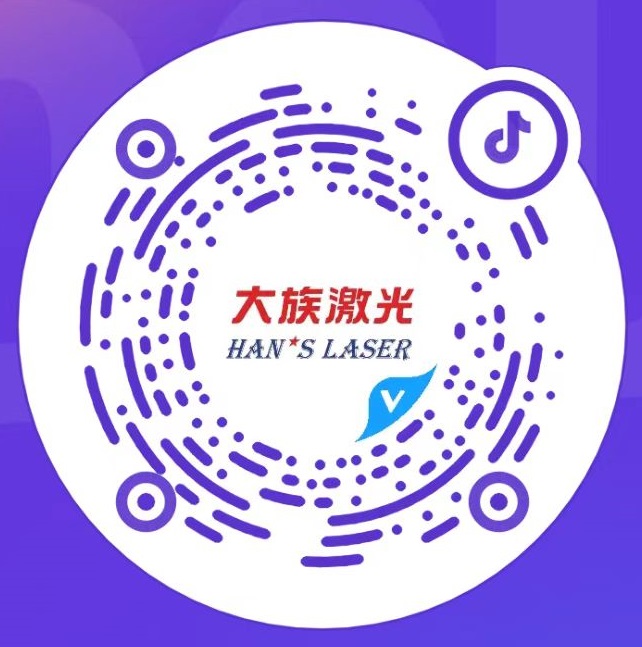Handheld laser welding machine, differences between forced air cooling and direct air conditioning cooling
With the rapid development of the handheld laser welding market, a large number of handheld laser welding machines that use water-cooled cooling methods have been sold in the market in recent years. Compared to the external dimensions of traditional welding machines, the volume and weight of existing water-cooled handheld laser welding machines still make customers feel too bulky, and problems such as frequent daily maintenance still make users feel unbearable. In the development trend of miniaturization, lightweight, and maintenance-free handheld laser welding machines that users expect, the key breakthrough difficulty of water-cooled heat dissipation handheld laser welding machines lies in the use of water-cooled heat dissipation method.

Forced air cooling vs direct air conditioning
Firstly, let's understand the advantages and disadvantages of forced air cooling in handheld laser welding machines:
Advantage: Forced air cooling technology transfers heat generated to an aluminum radiator through heat conduction, and the fan blows the ambient air to quickly flow, thereby achieving natural heat transfer to the radiator. Compared to water-cooled cooling technology, air-cooled cooling does not require additional any water cooling boxes, which can reduce the number and volume of equipment.
Disadvantage: Due to the use of natural convection heat transfer, its heat dissipation efficiency is significantly affected by outside environmental temperature, and cannot be guaranteed in high temperature environments, resulting in an increase in semiconductor laser chips and a decrease in their lifespan, which cannot meet the continuous and reliable operation in high temperature environments.
Advantages and disadvantages of active air conditioning direct cooling and heat dissipation technology in handheld laser welding machines:
Advantages: The principle is to combine an air conditioning compressor with a fiber laser, which compresses the gaseous refrigerant into a high-temperature and high-pressure gaseous state through the air conditioning compressor and sends it to the condenser for cooling. After cooling, it becomes a medium temperature and high-pressure liquid refrigerant. The medium temperature liquid refrigerant is throttled and depressurized by an expansion valve, becoming a low-temperature and low-pressure gas-liquid mixture. After absorbing heat inside the laser, it vaporizes and becomes a gaseous state, Then return to the compressor to continue compression and continue cycling for refrigeration. During heating, the four way valve causes the flow direction of Freon in the condenser and evaporator to be opposite to that during cooling, thus achieving the heating effect.
Disadvantage: Due to the adoption of a technical principle similar to variable frequency air conditioning, its manufacturing cost is higher than the forced air cooling heat dissipation method of ordinary radiators, besides, the equipment weight is slightly higher.

Forced air cooling vs direct air conditioning
Firstly, let's understand the advantages and disadvantages of forced air cooling in handheld laser welding machines:
Advantage: Forced air cooling technology transfers heat generated to an aluminum radiator through heat conduction, and the fan blows the ambient air to quickly flow, thereby achieving natural heat transfer to the radiator. Compared to water-cooled cooling technology, air-cooled cooling does not require additional any water cooling boxes, which can reduce the number and volume of equipment.
Disadvantage: Due to the use of natural convection heat transfer, its heat dissipation efficiency is significantly affected by outside environmental temperature, and cannot be guaranteed in high temperature environments, resulting in an increase in semiconductor laser chips and a decrease in their lifespan, which cannot meet the continuous and reliable operation in high temperature environments.
Advantages and disadvantages of active air conditioning direct cooling and heat dissipation technology in handheld laser welding machines:
Advantages: The principle is to combine an air conditioning compressor with a fiber laser, which compresses the gaseous refrigerant into a high-temperature and high-pressure gaseous state through the air conditioning compressor and sends it to the condenser for cooling. After cooling, it becomes a medium temperature and high-pressure liquid refrigerant. The medium temperature liquid refrigerant is throttled and depressurized by an expansion valve, becoming a low-temperature and low-pressure gas-liquid mixture. After absorbing heat inside the laser, it vaporizes and becomes a gaseous state, Then return to the compressor to continue compression and continue cycling for refrigeration. During heating, the four way valve causes the flow direction of Freon in the condenser and evaporator to be opposite to that during cooling, thus achieving the heating effect.
Disadvantage: Due to the adoption of a technical principle similar to variable frequency air conditioning, its manufacturing cost is higher than the forced air cooling heat dissipation method of ordinary radiators, besides, the equipment weight is slightly higher.








